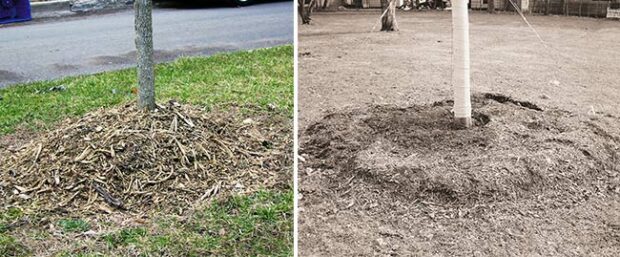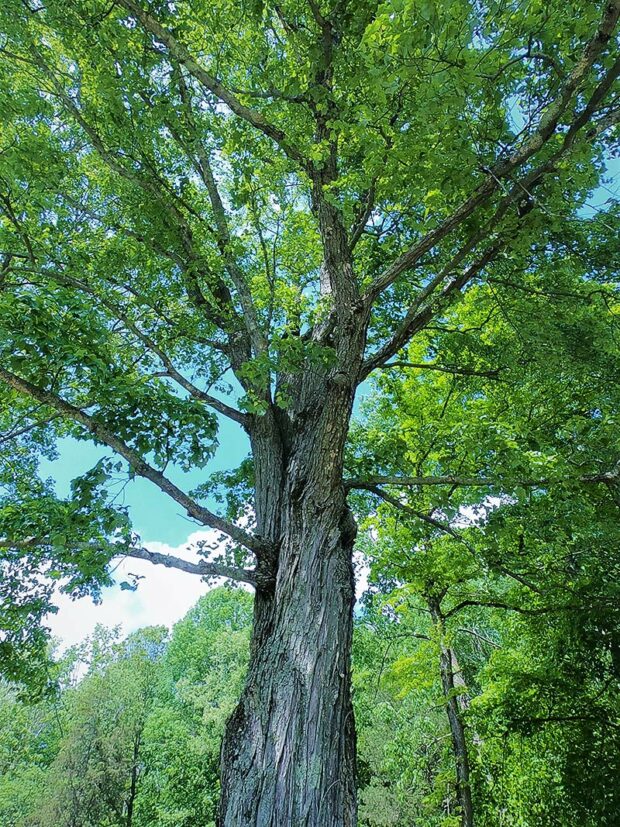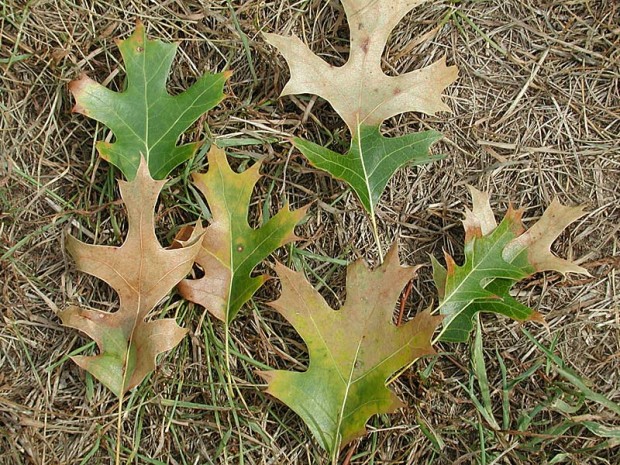Spring is coming! How can you tell? Don’t glance at the calendar—look at the plants around you. Since they useheat from the sun to become active, plants and bugs are better than the weather forecasters. They are like little solar panels that absorb heat. When they get enough, they begin to develop and change according to how much they have absorbed.
Scientists use a system that is based on days that the temperature reaches 50 and above to calculate this activity—they call it DD50 (Degree Day of 50 degrees). Most insects and plants need a temperature of at least 50 degrees to start to become active. The hotter it gets, the quicker they change. 50 is used as a base degree day, so for each degree above 50 the temperature rises, so does the DD50. For example, a 70-degree day would have a DD50 of 20.
Entomologists have charted insects according to how many cumulative DD50s it takes for them to become active and develop into different life stages (egg, nymph, larva, and adult). For instance, it takes the birch leaf miner adult an average DD50 of 180 to emerge and start laying eggs in the tissue of birch leaves, while the larva needs 262 DD50s to become active.
By using this information, we can better track and control undesirable insects by applying treatments when they are the most vulnerable—usually when they are in the nymph stage, just after egg hatch. Many insects become active between 100 and 200 DD50—that is usually the end of April to the beginning of May. But how do we tell when? Most of us are too busy to sit down and do the math, and every landscape is different. You might have several different DD50s in one yard, depending on microclimates and exposure to the sun.
Phenological indicators
The solution is simple. We use phenological indicators to tell us when a certain DD50 has been reached in an area. These are signals that nature gives us in the landscape. Since both plants and insects need a certain DD50 to become active, we can match them together to tell when an insect is active, based on which flowers are in bloom or when a plant leafs out. There are thousands of these indicators out there and they are pretty easy to learn once you know what to look for.
A common one is the lilac. When it blooms, the birch leaf miner is beginning to lay its eggs in the leaf tissue of birch. So when you see the lilac flowers, you need to check your birch for signs of infestation and treat if necessary.
There are many phenological indicator lists available from your county extension service and various gardening sources, or you can make your own. The next time you see a problem insect in your garden, look around and see what plant is coming into bloom or going through any other noticeable change—then make note of it. Next year, when you see the plant going through the same change, you will know that it is time to check for those same insects in your garden. These indicators are very accurate and do not change from year to year, only the date will vary,depending on the weather.
The tracking of phenological indicators is considered an accurate gauge to our changing climate. Scientists and volunteers all over the globe are recording them to help understand how our world is transforming due to climate change. In Europe, there is a huge network that tracks the first leaf, full leaf, and first bloom of many plants. In some areas they have data going back hundreds of years.
In the U.S., there is a group called The USA National Phenology Network that tracks a multitude of species (www.usanpn.org) and publishes the data every year.Volunteers can report to the site; the information you need is online. Scientists use this data to help predict changes in weather patterns and the effect they have on different plants and insects. This also impacts other animal environments, such as bird migrations and fish spawning.
These indicators are all linked together and can help explain why certain plants no longer grow in areas where they once flourished. It also explains why some springflowers reemerge in the fall—a late season cold snap sends the plant into dormancy and effectively “resets” its DD50. Then a warm fall accumulates enough DD50s to force the plant into growth.
By increasing our knowledge in this area, we begin to see the whole picture of our environment a little clearer. As a result, we can respond more effectively to the signs that nature gives us.
April and May are great months to try out your observation skills and find some good indicators in your own yard. Have fun!
Steve Turner, Certified Arborist, is from Arboricultural Services in Fenton, MI.



